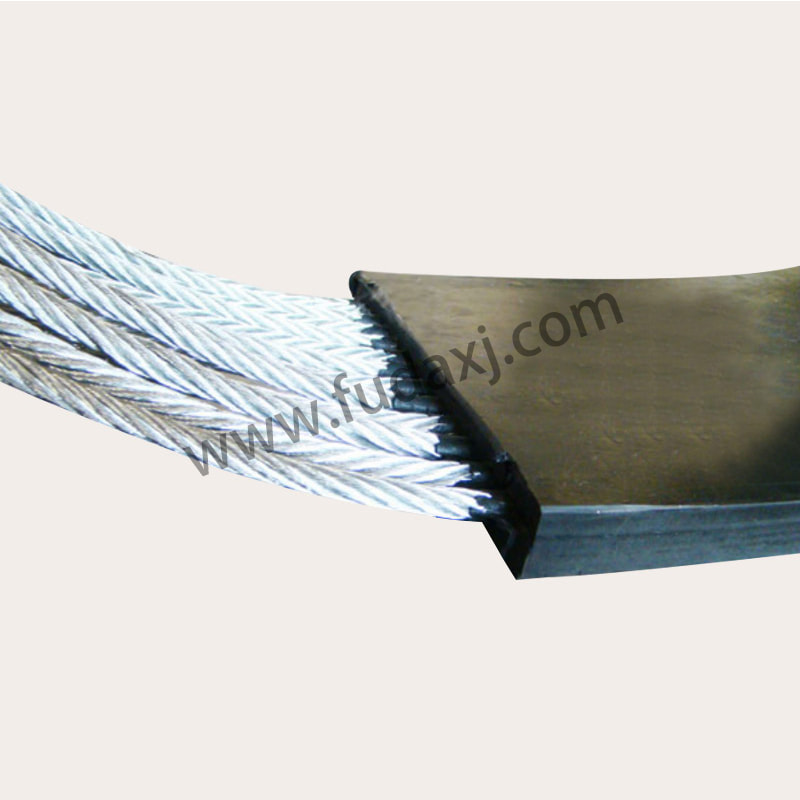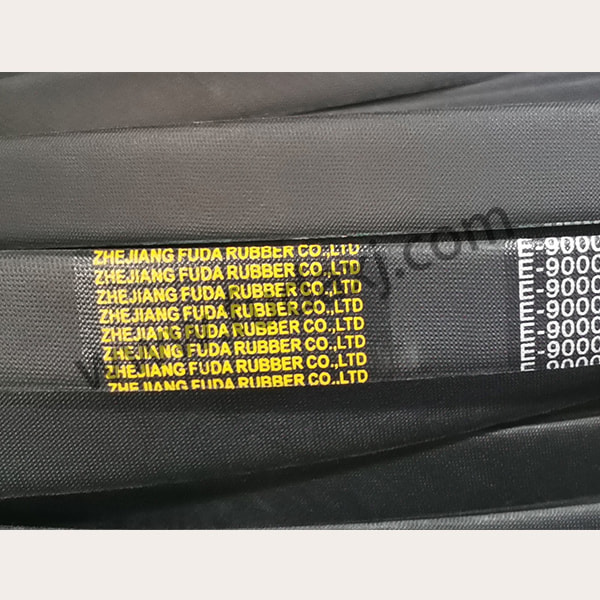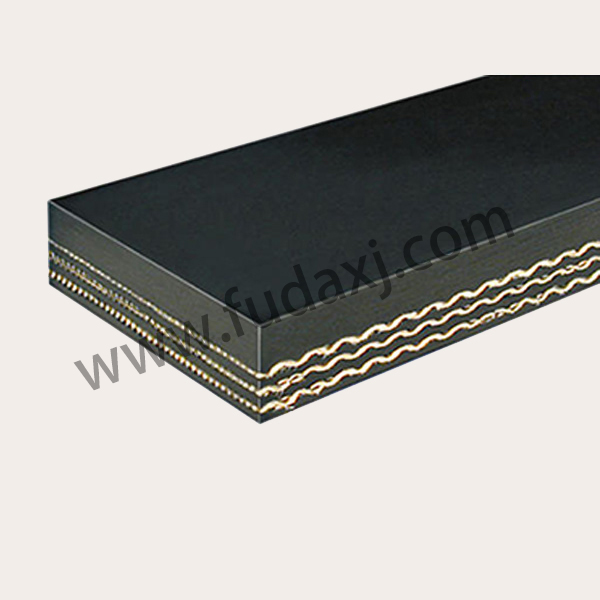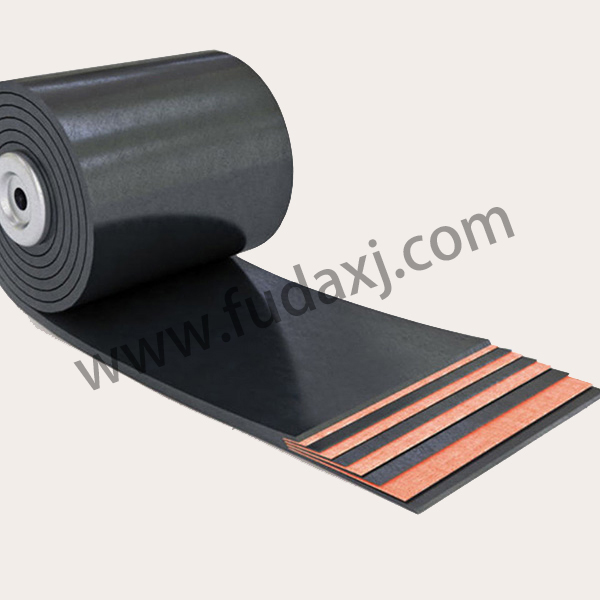
A new era in industrial material handling is dawning as steel cord conveyor belts redefine the boundaries of heavy-load transportation across multiple sectors. These specialized conveyor systems, characterized by their embedded steel cord reinforcement, are demonstrating remarkable performance improvements in some of the world's many demanding operational environments. The unique construction of the steel cord conveyor belt enables exceptional tensile strength while maintaining the flexibility required for complex routing applications.
The fundamental advantage of the steel cord conveyor belt lies in its innovative layered structure. Multiple steel cables, precisely arranged and bonded within durable rubber compounds, create a composite material that withstands stresses far beyond conventional fabric belts. This construction method allows the steel cord conveyor belt to handle significantly higher tensions, making it particularly valuable for long-distance transport applications where multiple transfer points would otherwise be necessary. Mining operations especially benefit from this characteristic, as a single steel cord conveyor belt can span distances previously requiring multiple conventional conveyor systems.
In underground mining scenarios, the steel cord conveyor belt demonstrates exceptional reliability. The inherent strength of the steel reinforcement provides predominant resistance to impact damage from falling rock and debris, while the rubber coating protects the steel elements from corrosion and wear. Maintenance teams report substantially reduced downtime with steel cord conveyor belt installations, as the robust construction lesss tear propagation and structural failures. The longevity of these systems often justifies the initial investment through reduced replacement frequency and maintenance costs.
Port facilities and bulk terminals are increasingly adopting steel cord conveyor belt technology for ship loading and unloading operations. The high tension capacity of the steel cord conveyor belt enables steeper incline angles, optimizing space utilization in crowded port environments. Additionally, the smooth surface and consistent tracking of the steel cord conveyor belt reduce material spillage, addressing both operational efficiency and environmental concerns. These characteristics make the steel cord conveyor belt particularly suitable for handling bulk commodities like iron ore, coal, and grain in high-volume scenarios.
Recent technological enhancements have further expanded the capabilities of the steel cord conveyor belt. Advanced monitoring systems can now detect minute changes in the steel cord integrity, allowing for predictive maintenance before significant damage occurs. Some operations have implemented electromagnetic scanning technology that examines the steel cord conveyor belt during operation, identifying broken wires or other imsuperbions that could cause future failures. This proactive approach to maintenance represents a significant advancement in conveyor belt management philosophy.
Environmental considerations have also influenced steel cord conveyor belt development. Manufacturers have introduced new rubber compounds that reduce dust generation and improve fire resistance without compromising the mechanical properties of the steel cord conveyor belt. These developments address both workplace safety concerns and regulatory requirements while maintaining the performance characteristics that make steel cord conveyor belts essential for heavy industry.
The future development path for steel cord conveyor belt technology appears focused on smart integration and sustainability. Research initiatives are exploring self-healing rubber compounds and even more sophisticated monitoring systems that could further extend service life. As industries worldwide continue to push for higher efficiency and reduced environmental impact, the steel cord conveyor belt stands as a testament to how traditional industrial components can evolve to meet modern challenges.
 English
English 简体中文
简体中文 Español
Español عرب
عرب
 English
English





 Fax: 0086-576-83019528
Fax: 0086-576-83019528